Growing these fruits, veggies, and edible plants might seem like a good idea, but pro gardeners caution against them.
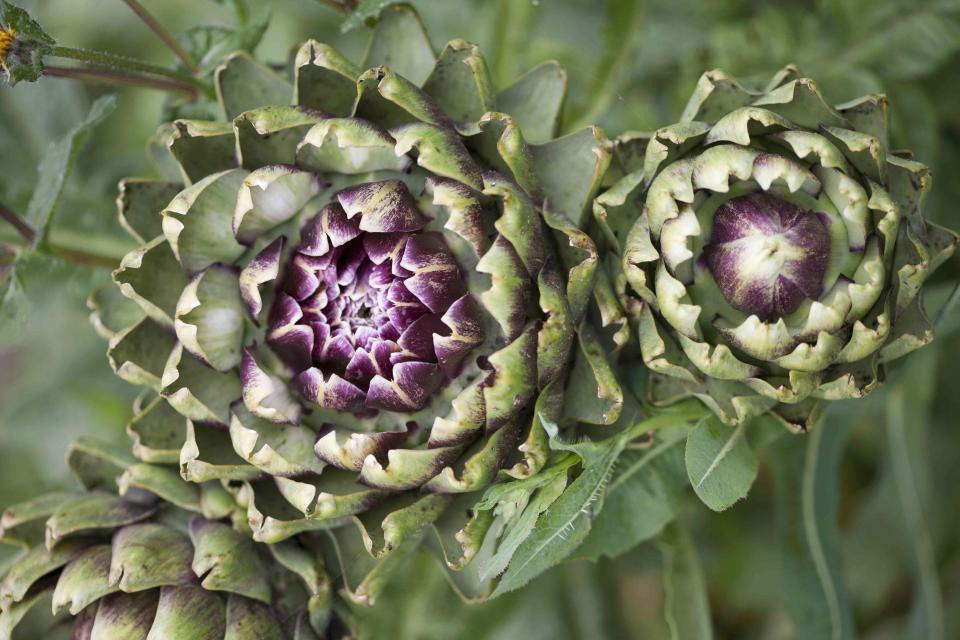
Danielle Wood/Getty Images
Growing fruits and vegetables is a dream for most gardeners—plants like tomatoes and strawberries grow easily, making the process smooth sailing. However, some edible plants are much more difficult to grow, requiring very specific conditions to flourish. If you want to keep your garden low-key and stress-free, avoid these edible plants that are surprisingly hard to grow. If you are up for the task, gardening pros offer their growing tips to help you take on the challenge of these tough plants.
Meet Our Expert
Artichokes
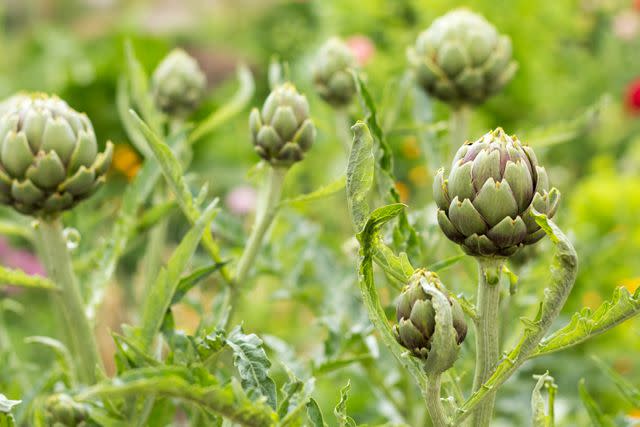

Artichokes have shallow roots and are sensitive to cold temperatures and hot summers, making it difficult to grow in many areas. They can also be vulnerable to pests and require ongoing fertilization.
“Artichokes need a long growing season with mild winters and cool summers,” says Dennis Sons, CEO of TN Nursery. “They require rich, well-draining soil and ample space to grow. Additionally, they attract pests and diseases, making them a bit tricky to manage.”
These vegetables grow best in full sun with regular watering (but not overwatering). Artichokes need rich, well-draining soil and grow in USDA zones 6 to 9.
Related: Here’s a Full Guide to the USDA Gardening Zones
Avocados
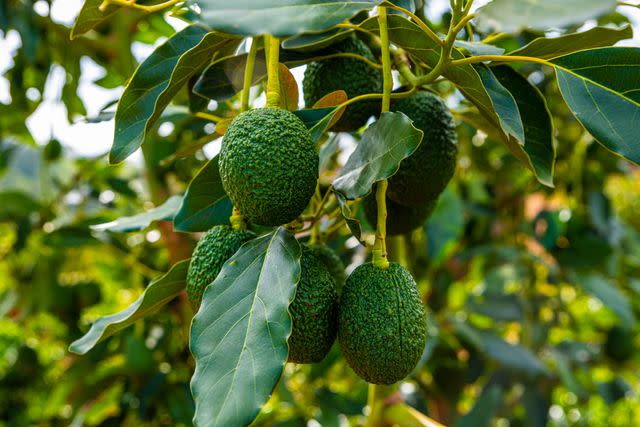

Emad aljumah/Getty Images
If you love avocados, you may be able to grow your own, but it will take lots of patience and space for avocado trees to flourish. These subtropical fruit trees require warm to cool weather and do best in zones 9 to 11.
“Avocados are quite sensitive to climate, thriving only in areas with mild temperatures and specific humidity levels,” says Anna Ohler, owner of Bright Lane Gardens Nursery. “They don’t handle frost well, so gardeners in colder regions (like me, in Michigan!) can only grow them indoors, which can be quite tricky. Avocado trees also need a lot of space to spread their roots and can take several years to produce fruit, requiring lots of patience.”
Ohler says avocados are also prone to root rot if the soil doesn’t drain well, and they have specific nutrient requirements that must be met to keep them healthy.
Vanilla
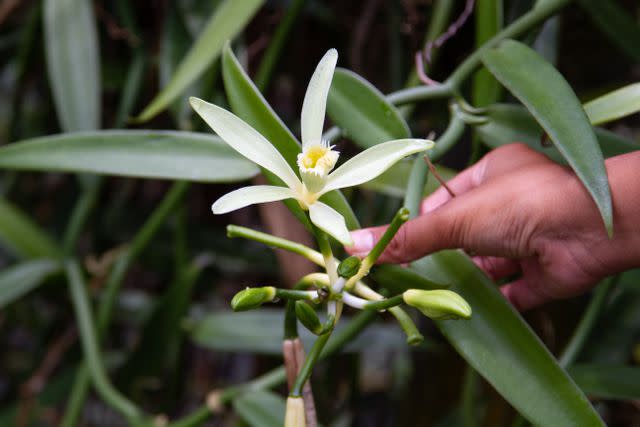

Raquel Lonas/Getty Images
Vanilla is, in fact, a fruit! Well, kind of—the beans make it the only edible fruit in the orchid family. However, it’s incredibly challenging to grow. Its origins are in Central and South American jungles, so to grow vanilla, you’ll need to replicate its natural conditions.
“Growing vanilla beans is a long and labor-intensive process,” Sons says. “This tropical orchid requires high humidity, warm temperatures, and partial shade. It takes about three years for the vine to produce beans, and the flowers must be hand-pollinated.”
The tropical plant can thrive with partial shade and consistently moist, well-draining soil that’s rich in organic matter. It can grow only in zones 10 and 11 or in a greenhouse setting.
Related: A Baker’s Guide to the (Many) Types of Vanilla
Saffron
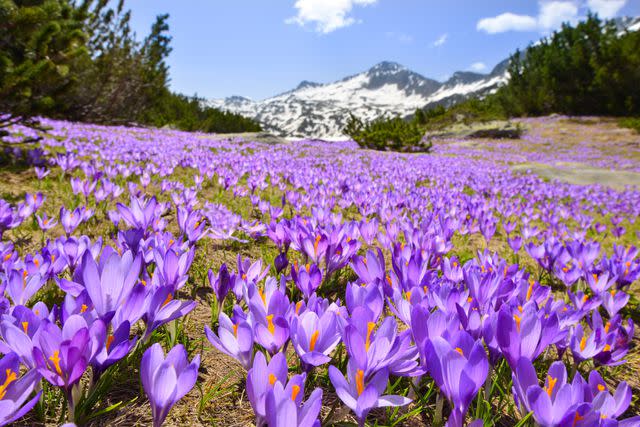

Maya Karkalicheva/Getty Images
Growing saffron requires patience and attention to detail. Harvesting saffron seeds is labor-intensive, as each flower yields only a tiny amount of saffron.
“Saffron is derived from the stigmas of the saffron crocus,” Sons says. “It requires well-draining soil and full sun. The planting depth and spacing are crucial, and it takes several years for the plants to establish and produce a significant yield.”
Saffron plants grow well with full sun and sandy soil and do best in growing zones 6 to 9.
Hops
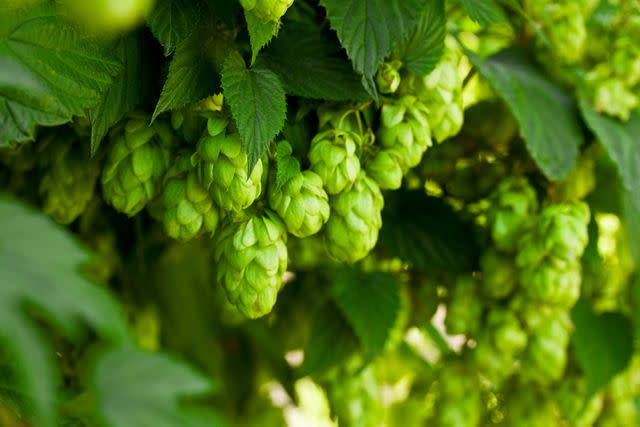

If you’re a home brewer, growing hops is a way to add fresh, homegrown ingredients to your beer. However, hop vines require plenty of sun, space, and care to thrive.
“What makes growing hops difficult is providing a structure that can support the rapid growth and weight of the vine, along with patience. Hops are not harvested in the first year,” says Amy Enfield, Ph.D., a senior horticulturist at ScottsMiracle-Gro. “During the first year of growth, the plant focuses its energy on developing a root system, which can reach a depth of 15-plus feet in the soil.”
Hops grow best in full sun, with at least 6 to 8 hours of sunshine a day. The vining herbaceous perennials require long days (over 15 hours) to properly develop their vines and at least 120 frost-free days to have enough time to set flowers. Hops grow in zones 4 through 8.
Figs
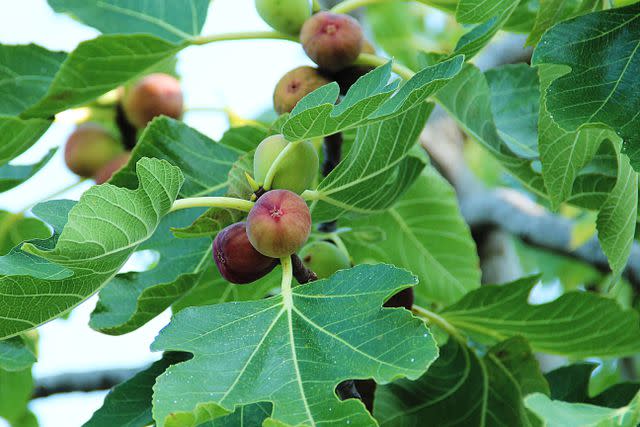

Jasenka Arbanas/Getty Images
Figs are delicate plants that are vulnerable to pests and diseases, such as fig mosaic virus and nematodes, which can be difficult to manage.
“Figs have many of the same particularities that avocados have when it comes to growing conditions,” Ohler says. “Figs need a lot of sunlight to thrive, so if you’re in a region with shorter growing seasons or less sun (again, Michigan!), getting them to produce fruit can be tough. They also require well-draining soil and can be sensitive to overwatering, leading to root rot.”
Figs grow best in zones 7 to 11. They don’t do well in frigid temperatures, but the Chicago Hardy Fig can tolerate cold better than most figs, Ohler says.
Related: 10 Plants That Can Handle Overwatering
Wasabi
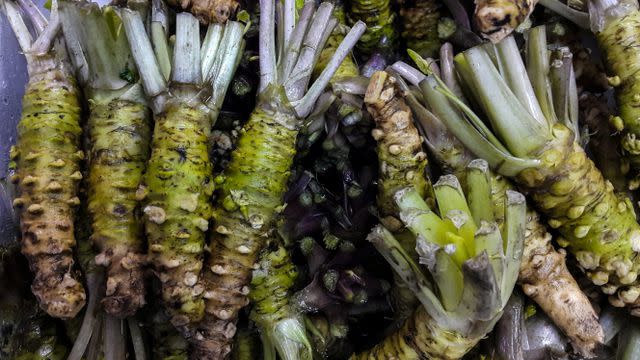

“Wasabi is notoriously difficult to grow outside of its native environment in Japan,” Sons says.
Wasabi, also called Japanese horseradish, has a spicy flavor and is often used to season snacks and sushi. If you’re a big wasabi fan, you can grow your own, but be prepared for ongoing effort.
“Wasabi requires cool, shaded areas with high humidity and constantly running water,” Sons says. “The soil needs to be rich, well-draining, and slightly acidic. Regular misting and precise temperature control are crucial for wasabi to thrive.”
Wasabi grows best in shaded areas and requires constant moisture. Sons recommends considering a hydroponic setup for growing wasabi, which grows in zones 8 to 10.
For more Real Simple news, make sure to sign up for our newsletter!
Read the original article on Real Simple.








